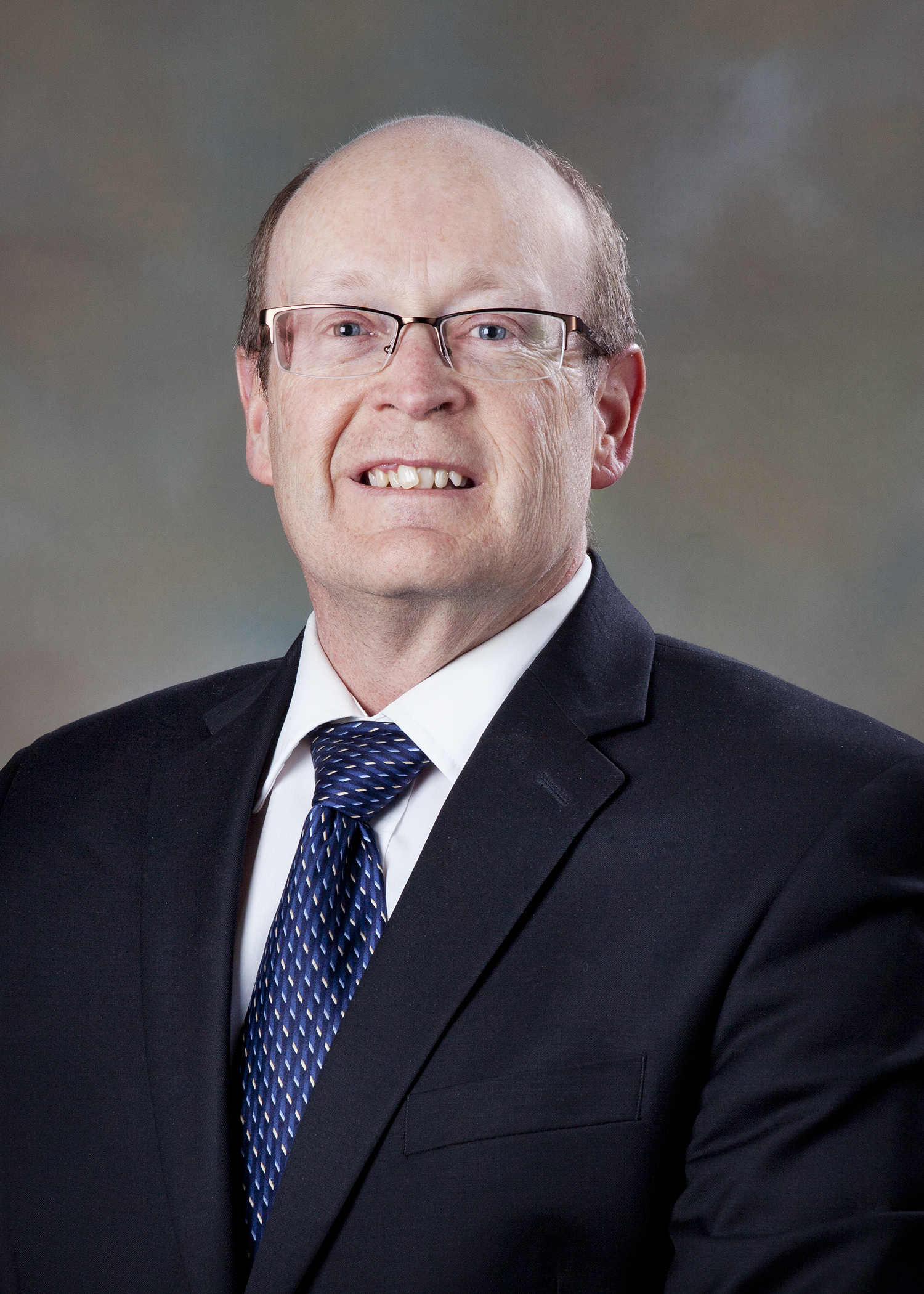ALBUQUERQUE, N.M. — Four Sandia researchers have been named Fellows of the American Physical Society, an honor that indicates recognition by scientific peers of exceptional contributions to physics. No more than one half of 1 percent of APS membership can be elected in a given year.
Those honored are:

Charles Barbour, for outstanding contributions to the science and engineering of ion-solid interactions and thin-film materials, for leadership in professional societies and for visionary development and guidance of programs and organizations in energy and national-security science.
An expert in ion beam analysis, he has published landmark work in areas with important implications for energy technologies. He was co-editor and co-author of the first edition of the Handbook of Modern Ion Beam Materials Analysis (1995), which has been cited more than 750 times, and of the Tenth International Conference on Ion Beam Modification of Materials (1996).
At Sandia, he helped establish and then served as the first leader for the nanomechanics thrust in the Center for Integrated Nanotechnologies (CINT), one of the Department of Energy’s (DOE) five Nanoscale Science Research Centers. He spearheaded QASPR (Qualification Alternatives to the Sandia Pulsed Reactor), one of Sandia’s flagship “deep physics” national security programs.
He has been active in the Materials Research Society, serving as general co-chair for its Spring 2006 Meeting, serving on its board of directors and most recently chairing its Medal Selection Committee.
Marcus Knudson, for pioneering experiments to understand matter at extreme dynamic compressions and for his broad impact on multiple areas of physics through exemplary equation of state results at high pressure.

Knudson led the effort to develop a hyper-velocity experimental platform on Sandia’s Z machine, the world’s largest pulsed power facility, that performed shock-wave experiments at extreme pressures. This platform accelerated tiny objects to velocities far exceeding that of rifle bullet, and created pressures upon impact of more than 20 million atmospheres. Prior to this development, impact experiments were limited to gas gun facilities that could launch projectiles only one-fifth as fast, creating far less impact..
With this significant extension in the plate-impact technique, Knudson’s Sandia team has been able to produce highly accurate equations of state (EOS) data to provide better understanding of matter at extreme conditions. The technique was used to resolve a controversy about the characteristics of the high-pressure response of hydrogen, with significant impact in the fields of basic theoretical physics, inertial confinement fusion and planetary science. More recently the technique was used to study the high pressure response of water and to demonstrate that various EOSs used for water in planetary modeling overestimated the compression of water by 30 percent in some cases. These results are directly relevant to planetary modeling of Neptune, Uranus and presumably water-rich exoplanets, and should improve understanding of these types of planets.
Kevin McCarty, who recently retired from Sandia, for pioneering experimental explorations of the dynamics of ceramic and metal surfaces.
In his 27-year career at Sandia, McCarty made significant contributions to the basic understanding of ceramic and metal surface structures. He began by developing characterization methods and synthesis routes for novel materials such as cubic boron nitride, diamond thin films and high-temperature superconductors.
This interest evolved to his studies of the basic mechanisms of crystal growth, using low-energy electron microscopy to make remarkable discoveries of processes that govern the morphology of surfaces at high temperature. These fundamental discoveries include the importance of bulk thermal vacancy creation on surface morphology, the mechanism by which metal thin films usually rupture thin liquid films on their substrate, the role of cooperative mechanisms of surface diffusion in multicomponent surfaces and stoichiometry-induced phase transitions on oxide surfaces. Recently, he generated some of the most precise measurements of the mechanisms of graphene growth.
His work not only allows observation of basic, ubiquitous processes, but his experiments revealed the underlying simple physics. Rather than merely generating images or movies and letting others unravel the many processes responsible for what he observed, McCarty mastered ways to isolate individual processes in complex systems. In doing so, he expanded the state of the art in quantitative electron microscopy.
He has been a mentor to many postdocs and international collaborators.

Steve Plimpton, for creating the Large-scale Atomic/Molecular Massively Parallel Simulator (LAMMPS) molecular dynamics package. This open-source materials modeling software is widely used by physicists and materials scientists worldwide.
The program is used at Sandia and elsewhere to model materials at the atomistic or coarse-grained scale for both solid-state and soft matter (polymers, fluids, bio-molecules). The development of LAMMPS is now a team effort involving Sandians in several centers, as well as collaborators outside the labs. To date, more than 100 researchers have contributed code to the package. Continued support has come from a variety of sources that include Sandia’s Laboratory Directed Research and Development program, the National Nuclear Security Administration’s Advanced Simulation and Computing program, several DOE offices and Cooperative Research and Development Agreements with Sandia industrial partners.
“I think the chief reasons LAMMPS has become popular are that it’s open-source, it can model a wide variety of materials, we do our best to support it and we’ve tried to design the code so it’s easy for users to modify and extend for their own modeling problems,” Plimpton said.